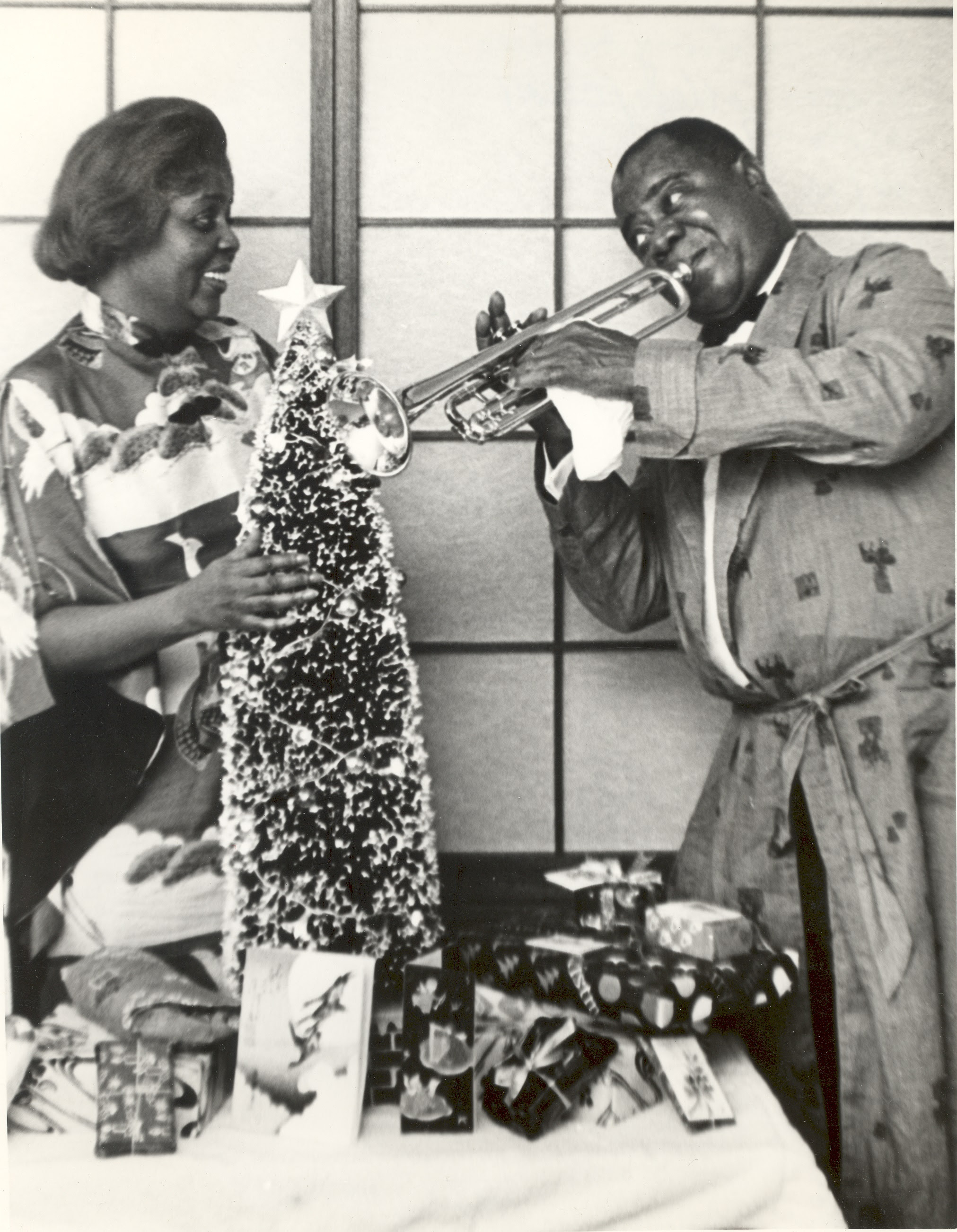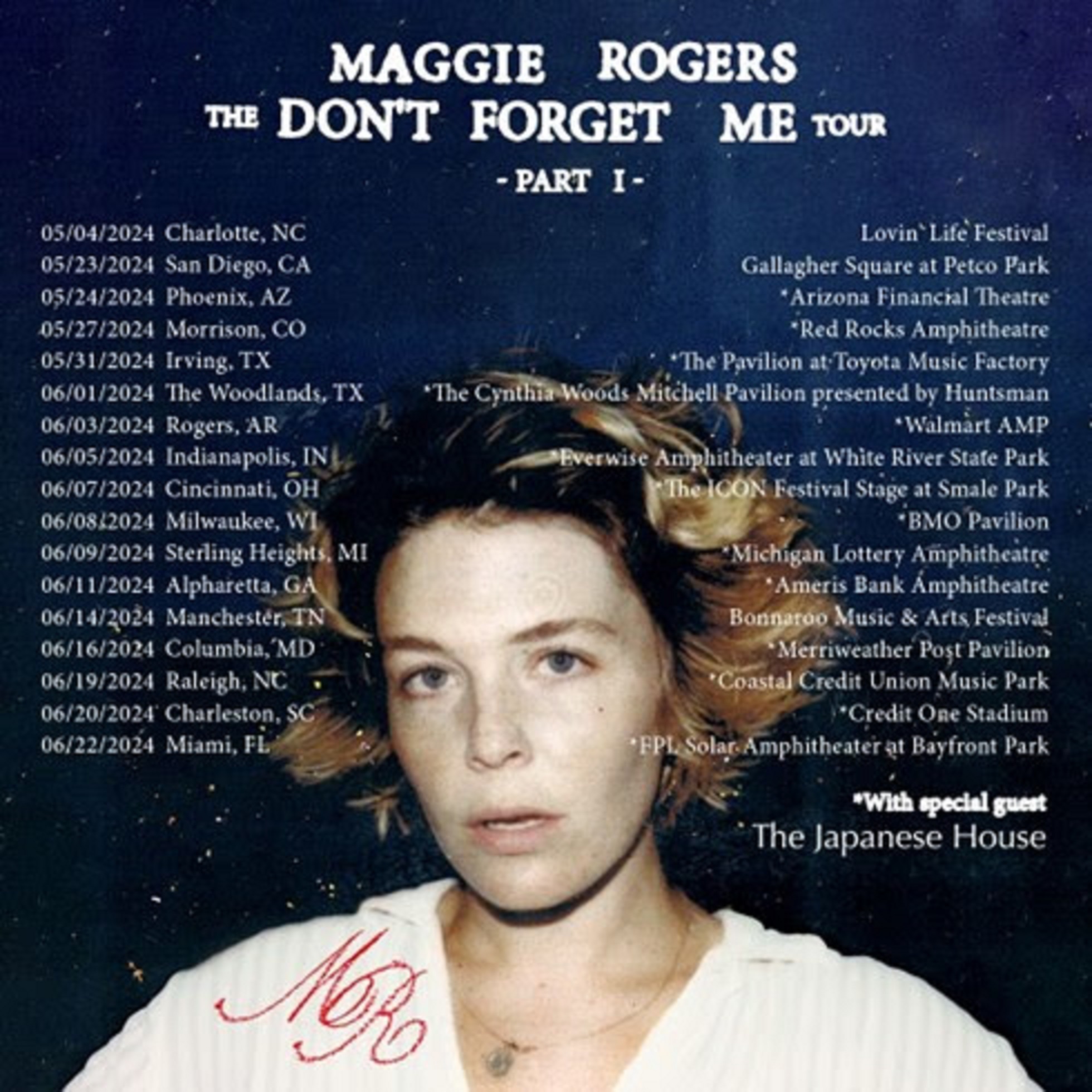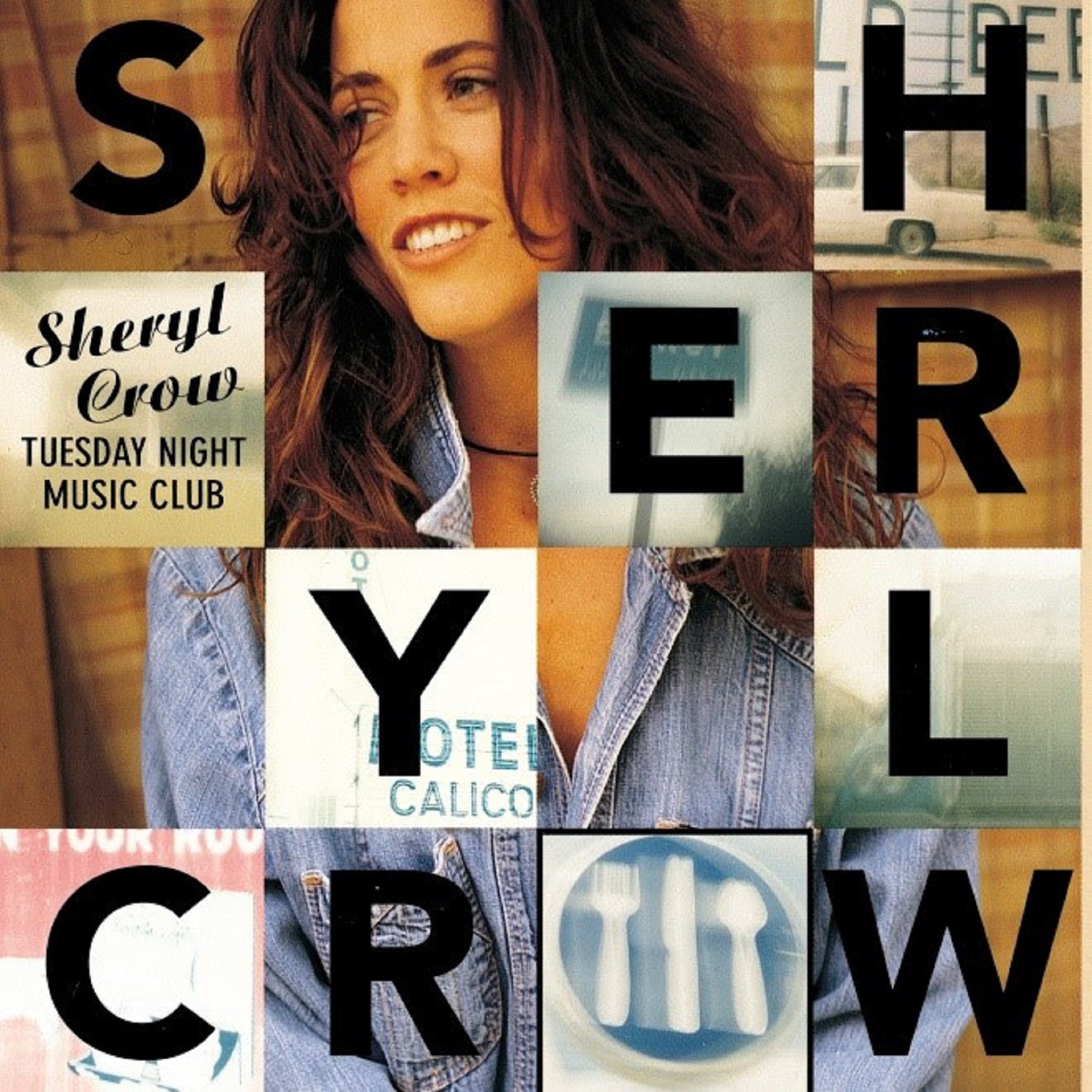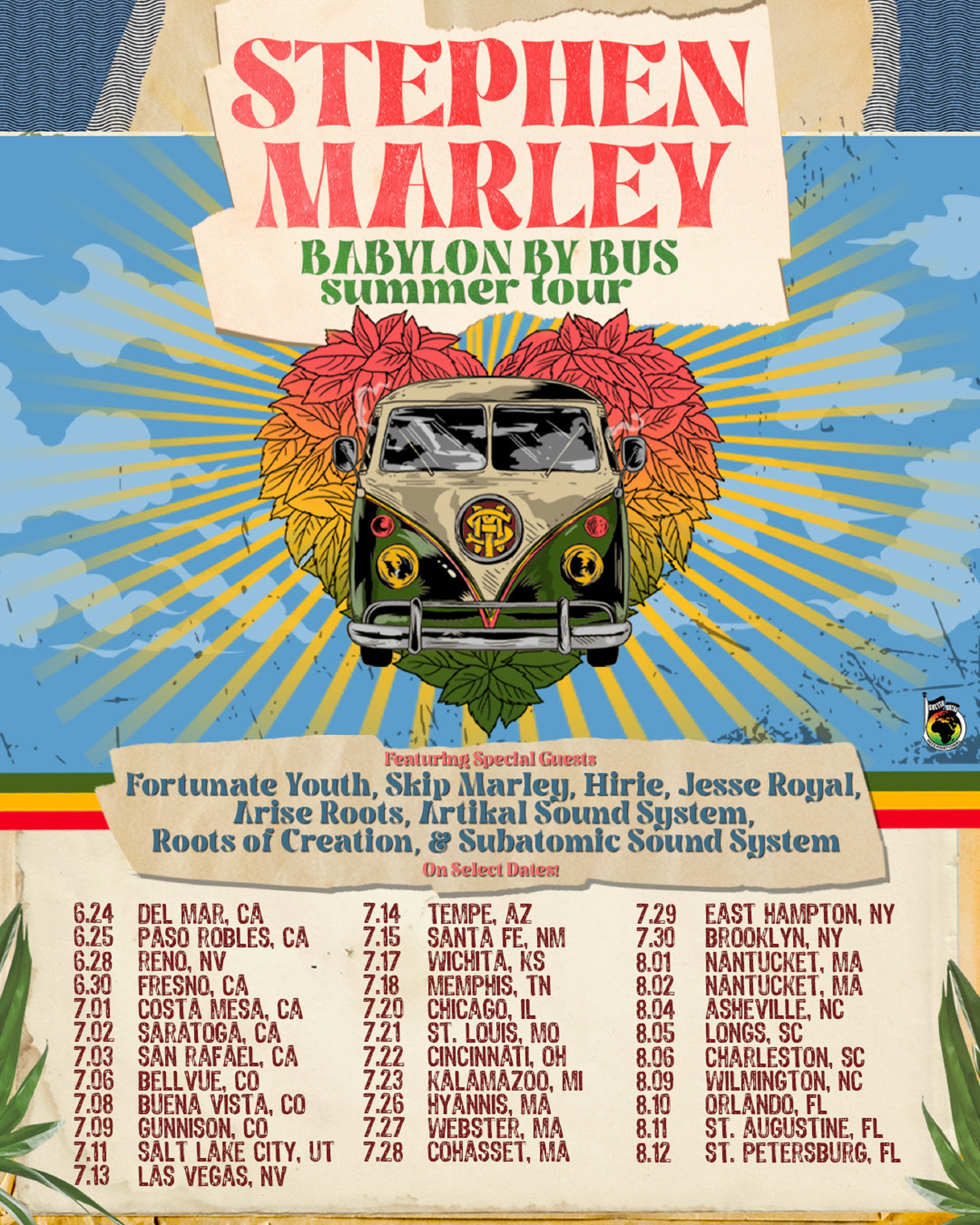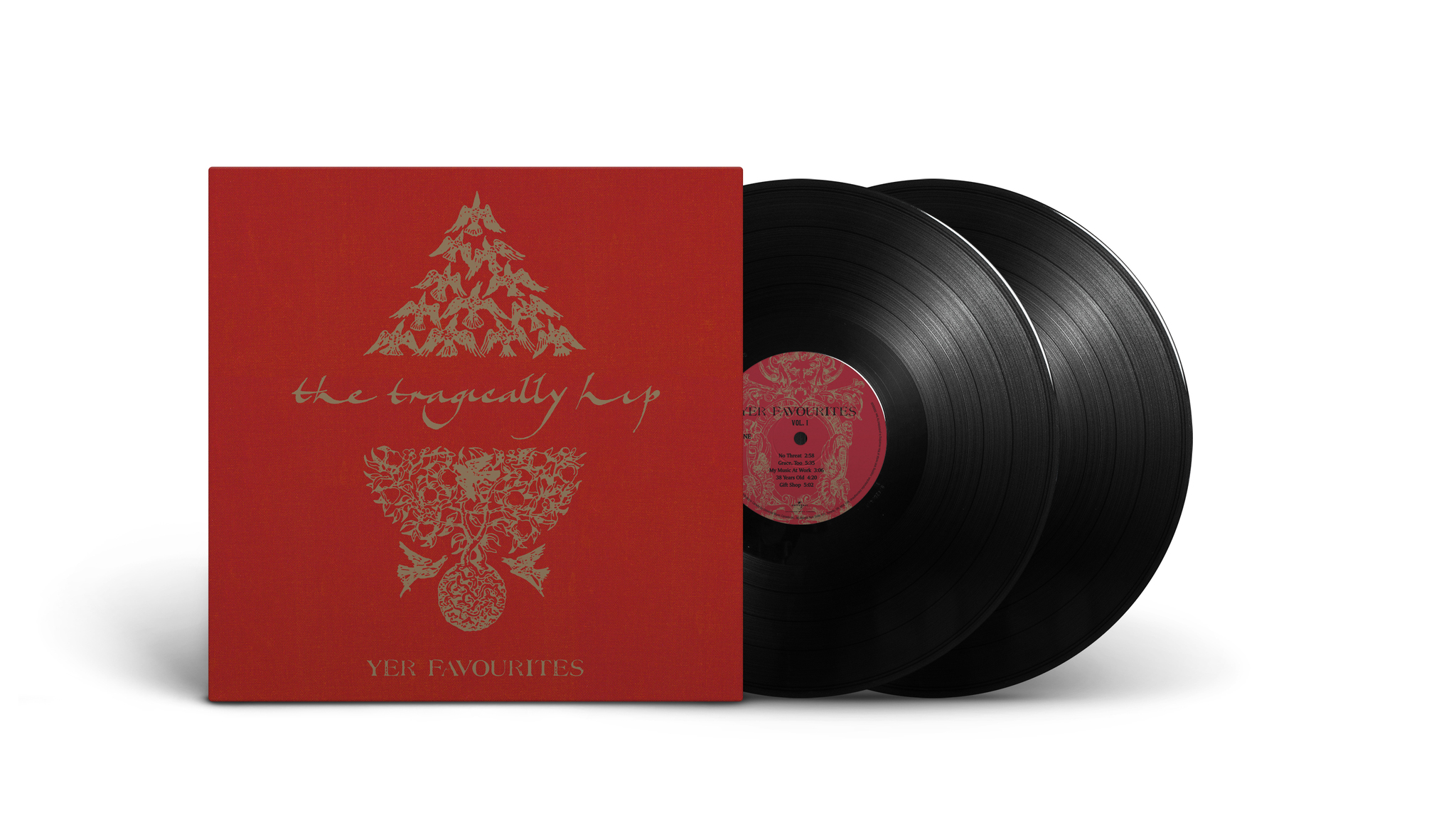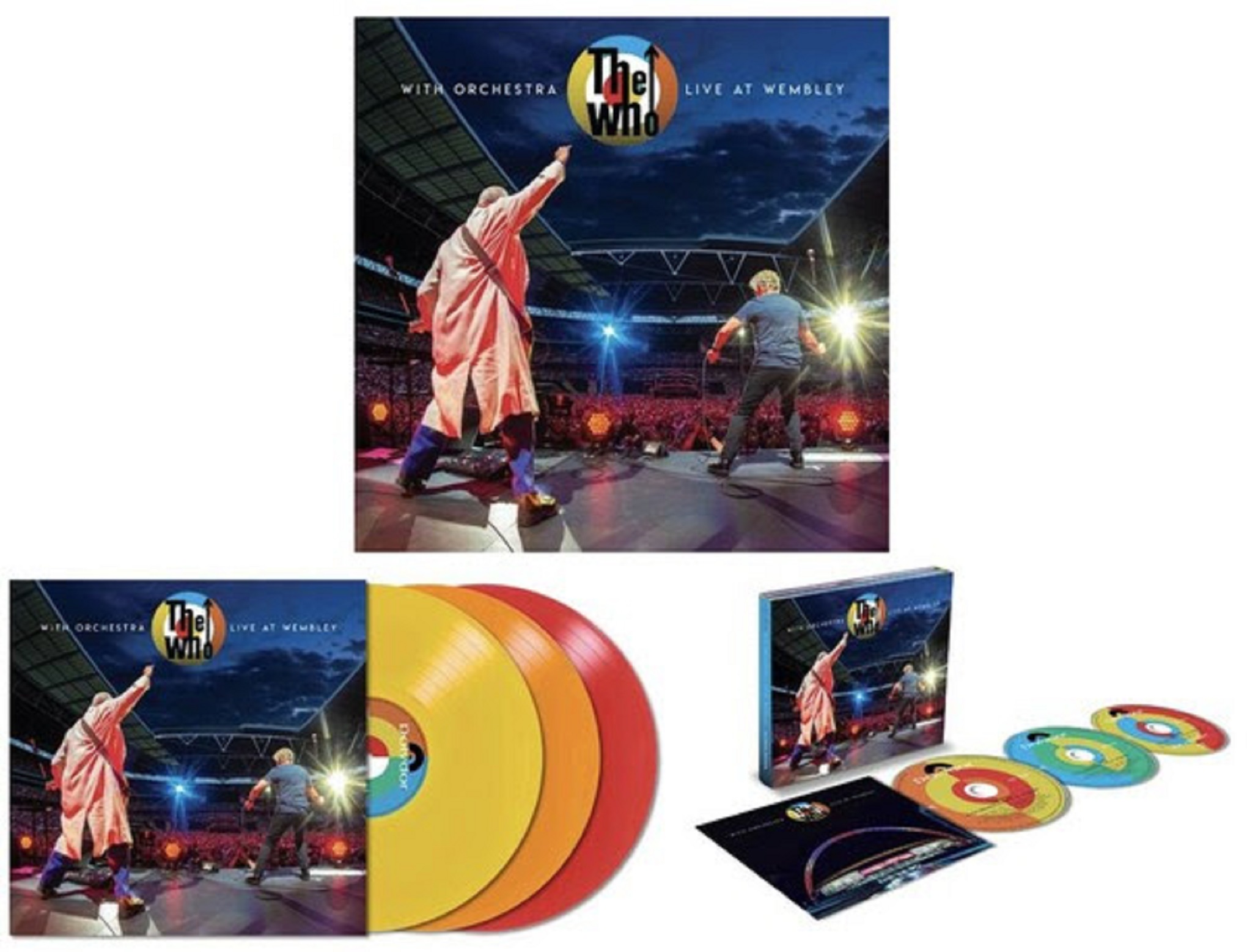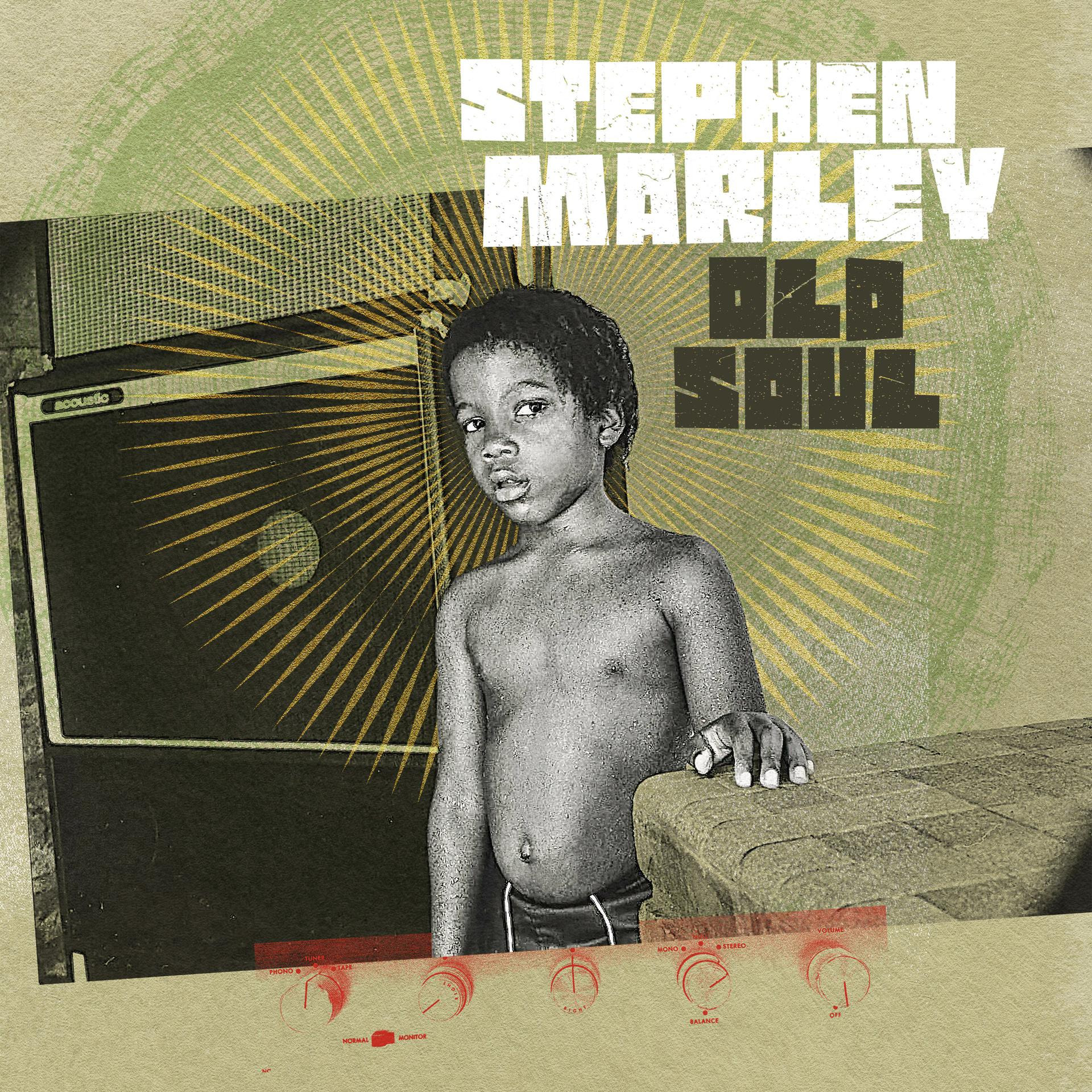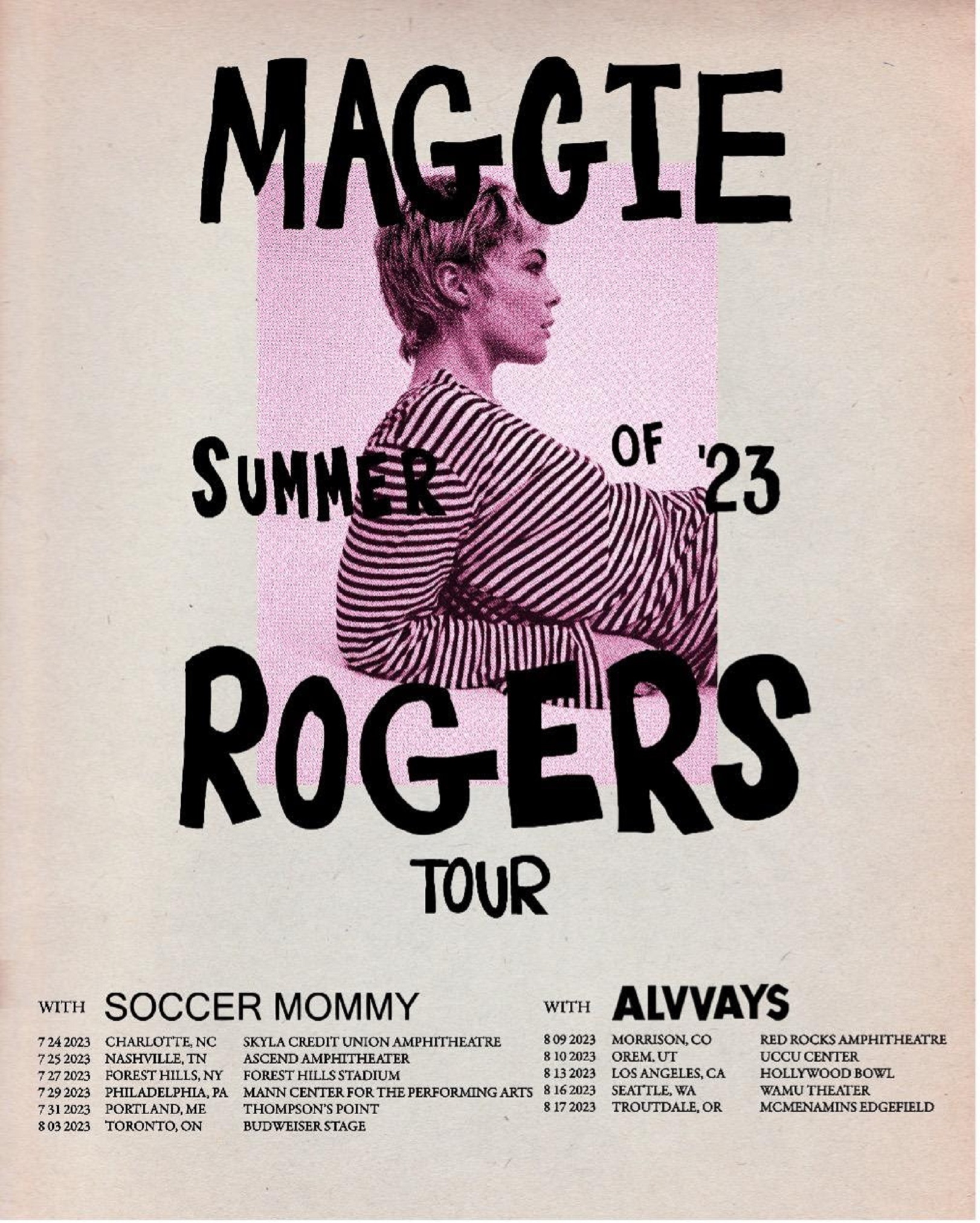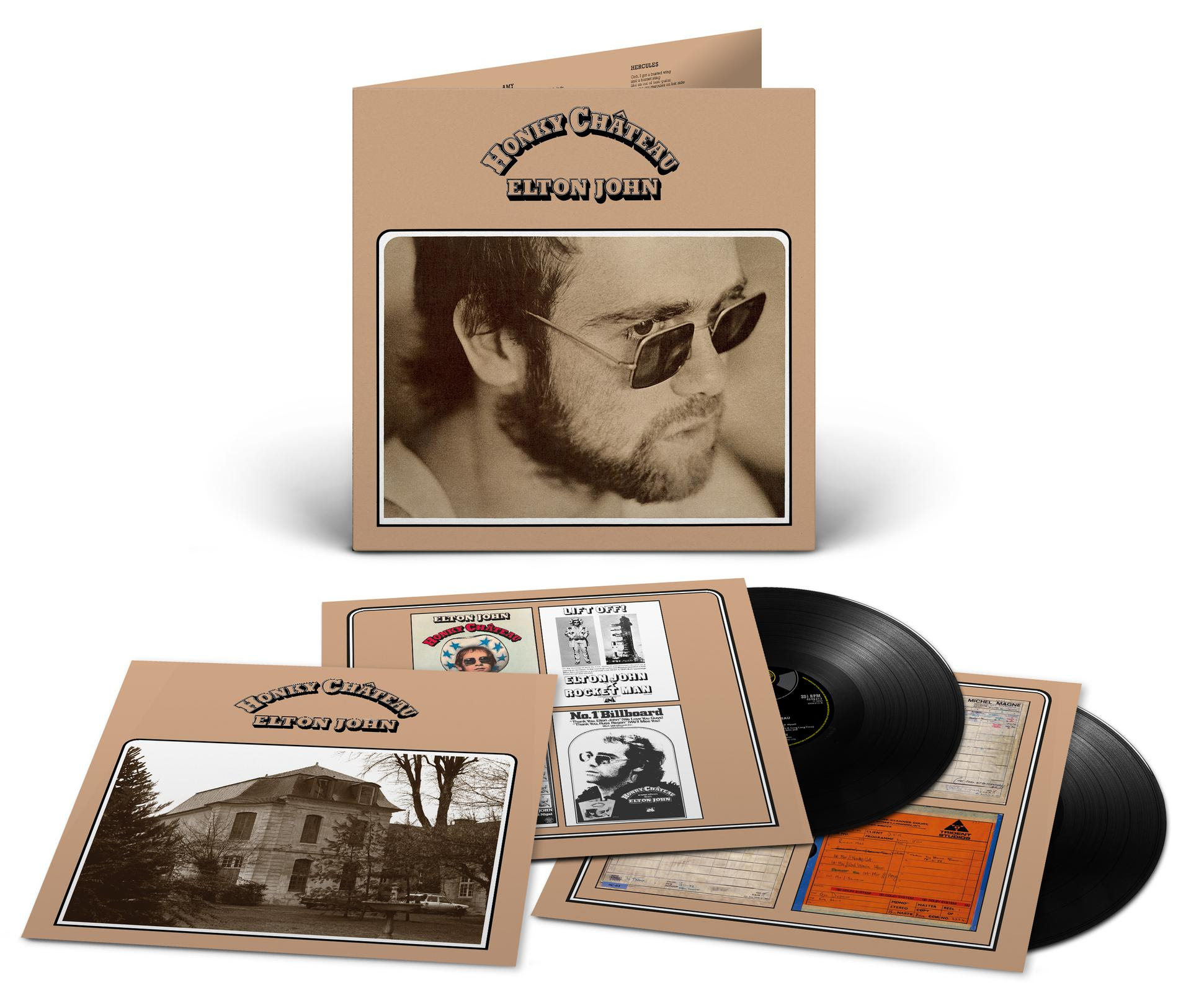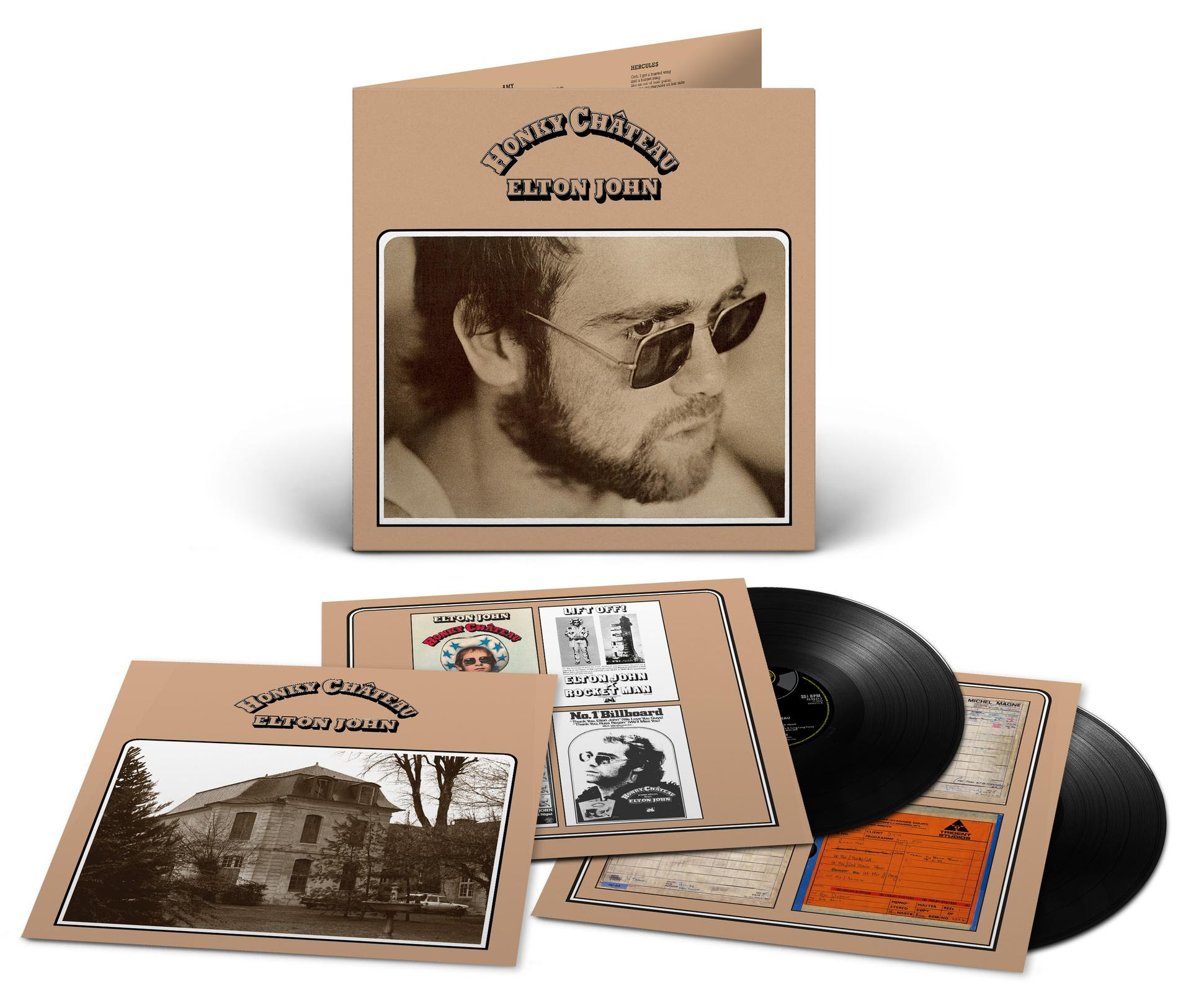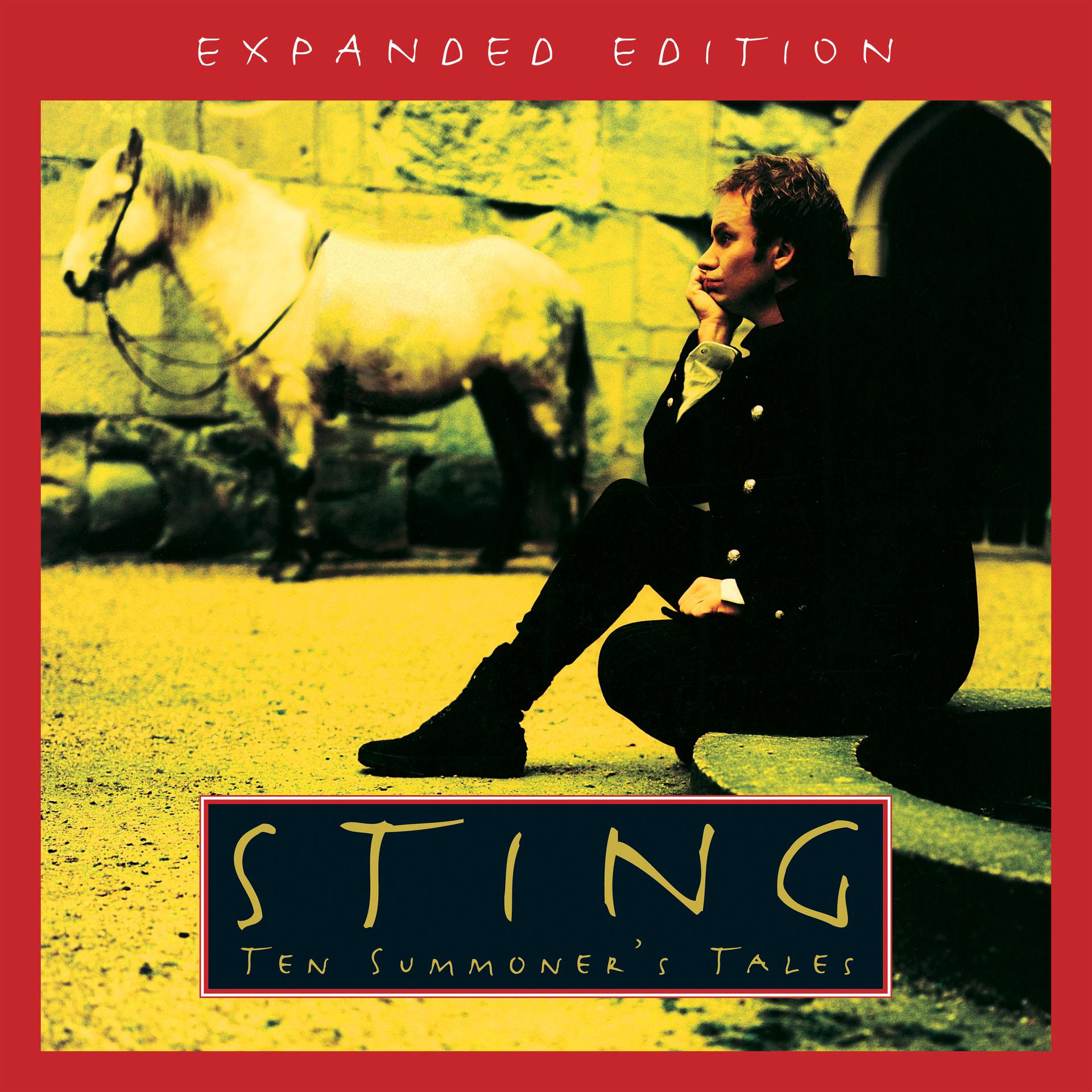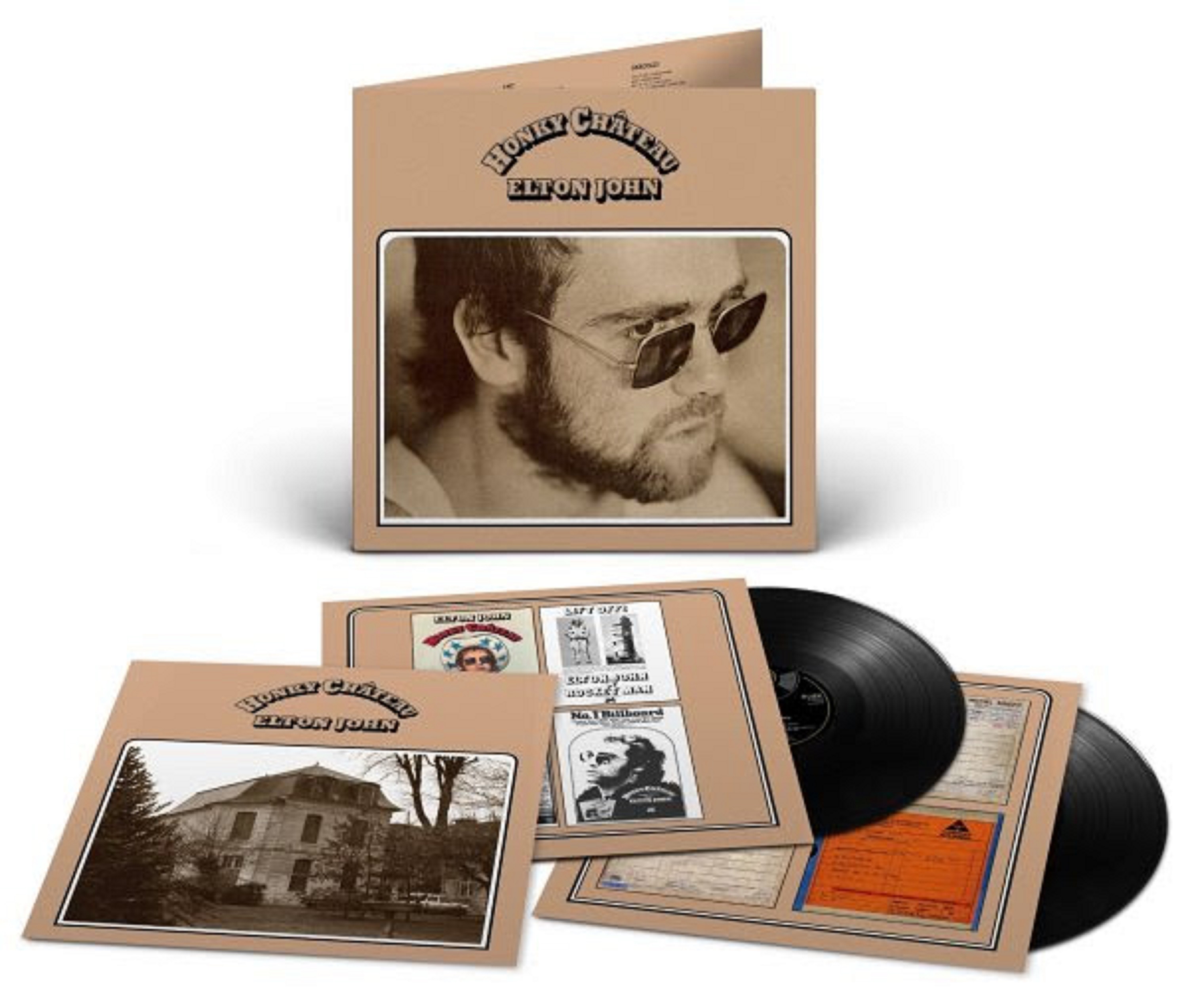Just months before his death, the legendary Louis “Satchmo” Armstrong fired up his reel-to-reel tape recorder at his home in Corona, Queens, New York and recorded himself reciting Samuel Clement Moore’s beloved poem “A Visit from St. Nicholas,” popularly known as “The Night Before Christmas.” It’s unknown why exactly the ailing artist felt compelled to record the holiday staple months after Christmas, but it would end up being his final recording, and now an unexpected gift for fans more than 50 years later. The poignant recording marks the first new Armstrong track in more than 20 years.
The previously unreleased track, which is available today to stream and download, has been paired with a newly recorded musical underbed by New Orleans pianist Sullivan Fortner, and will be featured on Armstrong’s first-ever Christmas album, Louis Wishes You A Cool Yule, releasing digitally October 28th, followed by CD, red vinyl, and a limited edition vinyl picture disc on November 11th via Verve/UMe. Additionally, all 11 tracks have been mixed in immersive Dolby Atmos and hi-res audio.
Stream “A Visit From St. Nicholas” here: https://louisarmstrong.lnk.to/StNicholasPseudo
Pre-order Louis Wishes You A Cool Yule: https://louisarmstrong.lnk.to/LouisXmas
Much like Santa Claus himself, Armstrong devoted his life to “the cause of happiness,” as he once put it, bringing joy to audiences around the globe every time he put his trumpet to his lips or crooned with his instantly-recognizable, gravelly voice. Yet, while Satchmo’s holiday recordings have become standard yuletide fare, he never released a Christmas album during his lifetime. Now, for the very first time, Louis Wishes You A Cool Yule presents Armstrong’s holiday recordings as a cohesive body of work. The collection includes nearly the entirety of Armstrong’s holiday output: six Decca singles from the ‘50s, including “Cool Yule,” “Christmas Night in Harlem,” and the swinging “‘Zat You Santa Claus?.” The 11-track album also features duets with two of Pops’ favorite vocal partners, Velma Middleton (“Baby, It’s Cold Outside”) and Ella Fitzgerald (“I’ve Got My Love to Keep Me Warm”). An official video for the Louis and Ella classic, hand-drawn by director and animator JonJon in his distinctive “line and shape” style, is available to view here: https://louisarmstrong.lnk.to/GotMyLovetoKeepMeWarm
Rounding out the record is the artist’s signature hit, “What a Wonderful World,” which has become something of a yearlong hymn of hope and celebrates its 65th anniversary this year.
The album will feature new liner notes from GRAMMY®-Award winning writer, Ricky Riccardi, author of two Armstrong biographies (“Heart Full of Rhythm” and “What a Wonderful World”) and Director of Research Collections for the Louis Armstrong House Museum.
Since his passing in 1971, Armstrong’s legacy as one of the most beloved and influential jazz artists of all time has only continued to grow, while his enduring catalog of recordings remains timeless. Born in New Orleans, Armstrong (1901-1971) began his career in the ‘20s, bringing his Dixieland background to Chicago, New York City, and Los Angeles. By the time he became an internationally-renowned star in the ‘40s, the hardworking singer, bandleader, actor, and trumpet player was spending nearly 300 days on tour every year. One constant throughout these shows, however, was the spirit of Christmas.
As a child, Riccardi writes, Armstrong “did not have much time for Christmas… life necessitated that he drop out of school and go to work while still a young boy to help support his mother and sister.” After his marriage to Lucille Wilson, however, the holidays took on a new meaning—particularly when the couple was on the road. Riccardi continues, “With the holidays approaching, Lucille bought a small Christmas tree and set it up in their hotel room. According to Lucille, Louis ‘just looked at it and looked at it and told me, ‘This is the first tree I’ve ever had.’ Louis refused to let Lucille take it down and insisted they take it with them on the rest of the tour. The Armstrongs would continue this tradition, Lucille later remarking that they continued setting up ‘a table tree and holiday fixings in whatever hotel in whatever country we happen to be in.’
Perhaps, it is that love of Christmas that accounts for Armstrong’s somewhat mysterious reading of “A Visit from St. Nicholas.” Whether Satchmo was giving fans one final present, or simply finding comfort in his favorite holiday, it is certain that the recording, and this album, will deliver plenty of Christmas magic.
As one of his many acts of generosity, Louis Armstrong established the Louis Armstrong Educational Foundation, to, in his words, “give back to the world some of the goodness he received.” Founded and funded by Louis and Lucille Armstrong in 1969, LAEF is a 501c3 non-profit organization dedicated to perpetuating the legacies of Louis and Lucille Armstrong throughout the world. Its mission includes supporting musicians, jazz education, performances and programming. LAEF is a living legacy to Louis Armstrong, the most important creative force in the early development and perpetuation of America’s music, jazz. His influence, as an artist and cultural icon, is universal, unmatched, and very much alive today.
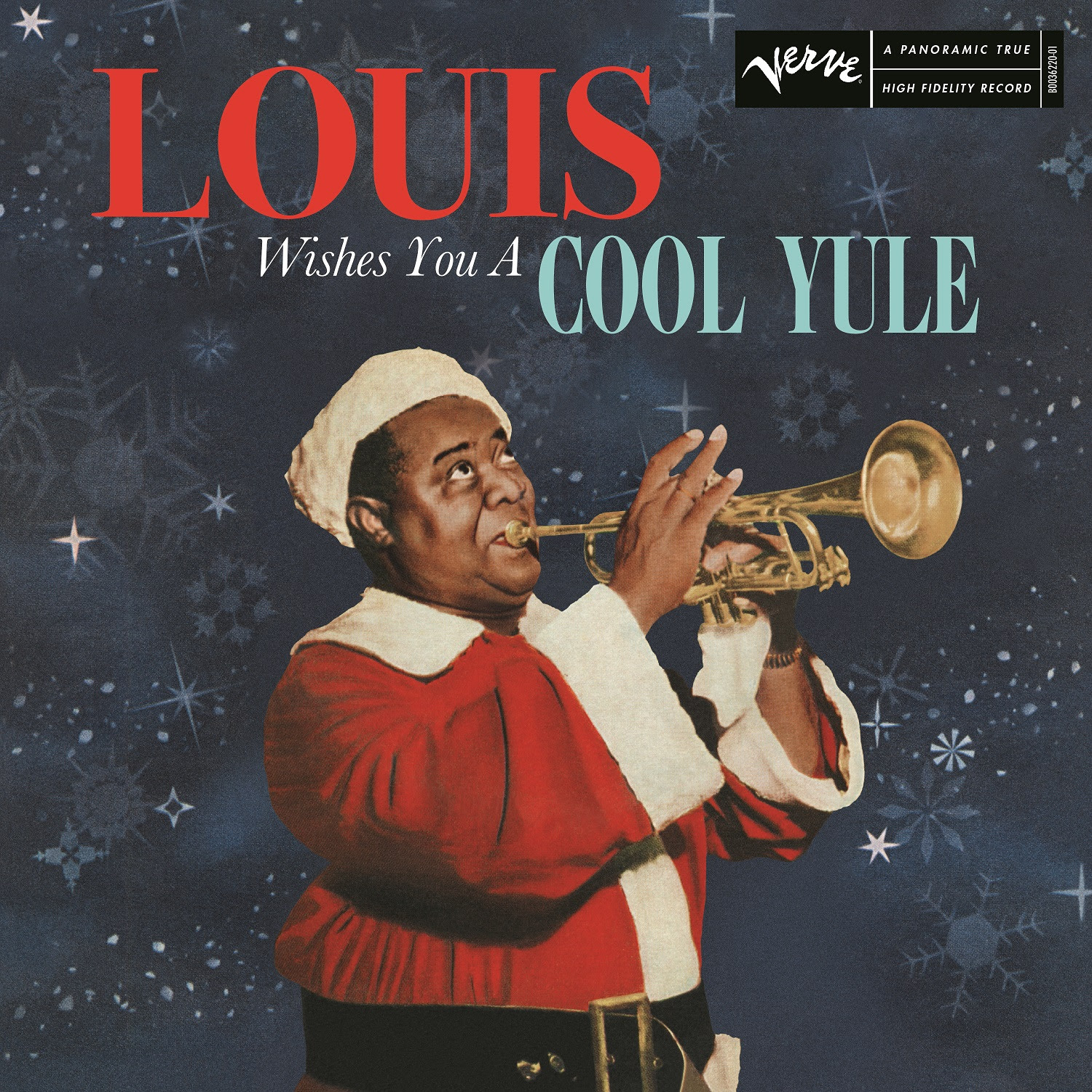
Louis Wishes You a Cool Yule Track Listing
(1CD/Digital)
1. Cool Yule
2. Winter Wonderland
3. I’ve Got My Love To Keep Me Warm (w/ Ella Fitzgerald)
4. ‘Zat You Santa Claus?
5. Christmas In New Orleans
6. White Christmas
7. Christmas Night In Harlem
8. Baby, It’s Cold Outside (w/ Velma Middleton)
9. Moments To Remember
10. What A Wonderful World
11. Reading of “A Visit from St. Nicholas” with Sullivan Fortner, piano accompaniment
Louis Wishes You a Cool Yule Track List
(Vinyl)
SIDE A
1. Cool Yule
2. Winter Wonderland
3. I’ve Got My Love To Keep Me Warm (w/Ella Fitzgerald)
4. ‘Zat You Santa Claus?
5. Christmas In New Orleans
6. White Christmas
SIDE B
1. Christmas Night In Harlem
2. Baby, It’s Cold Outside (w/ Velma Middleton)
3. Moments To Remember
4. What A Wonderful World
5. Reading of “A Visit from St. Nicholas” with Sullivan Fortner, piano accompaniment





